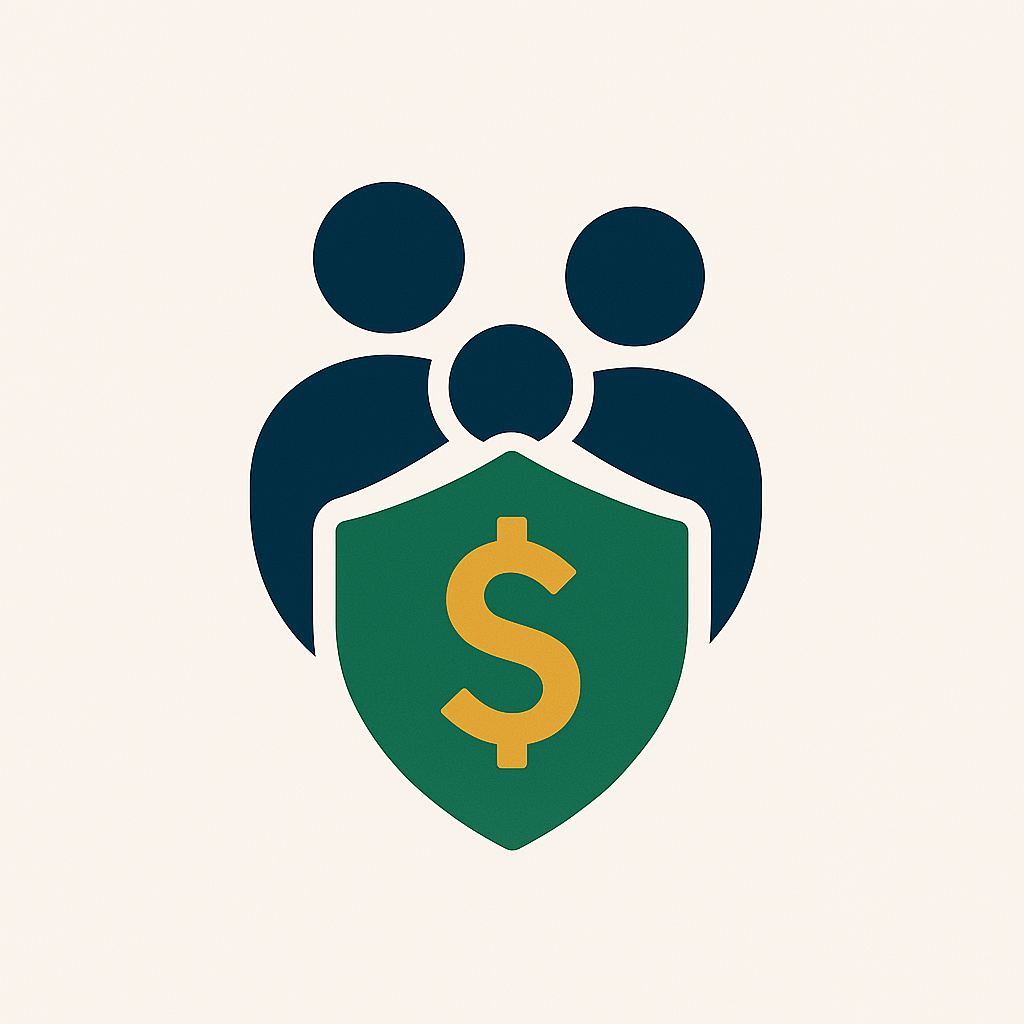My Realistic Monthly Budgeting Routine (A Breakdown)
The struggle is real: managing your finances can be a constant uphill battle. Between rising costs, unpredictable expenses, and the ever-present lure of that elusive “spend-now-pay-later” option, achieving financial stability can feel like an impossible feat.
But what if there was a way to navigate the budgeting world with more clarity and control? Enter the my realistic monthly budgeting routine – a practical framework that empowers you to break free from financial stress and achieve a sense of control.
Breaking Down the Routine:
This comprehensive breakdown will offer you a clear understanding of the key elements that make up this method:
Step 1: Assess your financial situation
* Review your income and expenses for the past few months.
* Identify your recurring bills, such as rent, utilities, and subscriptions.
* Calculate your monthly savings and debt payments.
Step 2: Allocate your funds
* Divide your income into three key categories: needs, wants, and savings.
* Needs: essential expenses like housing, food, and transportation.
* Wants: these are the occasional treats and luxuries you enjoy.
* Savings: this category is for long-term goals like a down payment, a new car, or a vacation.
Step 3: Stay disciplined
* Track your spending daily using a budgeting app or a simple spreadsheet.
* Review your budget regularly and adjust it as needed.
* Be realistic about your income and expenses.
Step 4: Embrace automation
* Set up automatic transfers for savings and bills to ensure you’re consistently paying yourself first.
* This removes the temptation to spend the money and prevents overspending.
Step 5: Explore additional strategies
* Debt Snowball Method: pay off your smallest debts first, working your way up to the bigger ones.
* 50/30/20 Rule: allocate 50% of your income to needs, 30% to wants, and 20% to savings.
* Emergency Fund: aim to save 3-6 months of living expenses to cover unexpected events.
Conclusion:
Achieving financial stability requires a multi-faceted approach, but the my realistic monthly budgeting routine provides a clear roadmap to navigate the budgeting world. By understanding your finances, setting realistic goals, and implementing effective strategies, you can break free from financial stress and take control of your future.
Remember, budgeting is not a one-size-fits-all process. Find what works best for you, adjust as needed, and celebrate your progress along the way.
Additional Resources:
* Financial Literacy Resources:
* Investopedia: How to Budget
* NerdWallet: How to Create a Budget
* Consumer Financial Protection Bureau: Your Financial Plan
* Budgeting Apps:
* Mint: Track your spending and manage your finances
* YNAB (You Need A Budget): Free budgeting app for beginners
* Personal Capital: Budget and tracking tool
Start your budgeting journey today and take control of your finances!

Leave a Reply